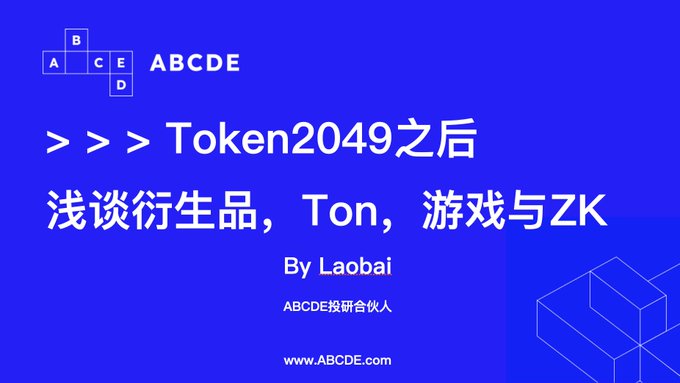Why is data availability sampling important for blockchain scalability?
Importance of data availability sampling for blockchain scalabilityAuthor: Bessie Liu, Blockworks Translation: Shanouba, LianGuai
As Ethereum continues to expand, on-chain data availability has become an increasingly common topic.
Now, Ethereum developers are researching where and how data should be stored on the blockchain network to address the so-called blockchain trilemma, the trade-off between security, scalability, and decentralization. In cryptocurrencies, data availability refers to the concept that all network participants can access and retrieve data stored on the network. At the first layer of Ethereum, network nodes download all the data in each block, making it difficult to execute invalid transactions.
While this can ensure security, the process can be relatively inefficient – requiring network nodes to verify and store all data in one block significantly reduces throughput and hinders the scalability of the blockchain. Layer 2 scaling solutions for Ethereum aim to address this issue.
- How can NFT wearable devices lead the future of digital fashion?
- In-depth Analysis How did the blockchain data tool Dune rise rapidly?
- In-depth Analysis The Smart Architecture of the Next-Generation Blockchain
One popular solution today is Optimistic Rollup, such as Arbitrum and Optimism. Optimistic rollups are essentially “optimistic” because they assume transactions are valid unless proven otherwise.
Anurag Arjun, co-founder of modular blockchain Avail, told Blockworks that most rollups currently only have one sequencer, which means there is a centralized risk.
Currently, this is not a major issue because rollup solutions must use something called calldata to put the original transaction data on Ethereum – as Arjun pointed out, this is the cheapest form of storage on Ethereum today.
Neel Somani, founder of blockchain scaling solution Eclipse, said that once call data is submitted to the Ethereum mainnet, anyone can challenge its accuracy within a set period of time.
If no one questions the validity of the rollup, it will be accepted on Ethereum once the time period ends.
Somani pointed out that the problem is that if someone does not have the data, how can they prove that the transaction execution is incorrect.
“If I don’t tell you what I executed, you can’t prove it’s wrong, so you need to know exactly what I executed to solve this problem,” Somani said. “Therefore, all blockchains must prove the availability of data in some way, shape, or form.”
Data Availability Sampling
Since all blockchains must prove data availability, downloading complete blocks onto the network can be inefficient, which in turn raises initial data availability issues. “So, as someone who doesn’t want to download the entire block, I still want to be sure that the information on that block has not been hidden,” Somani said. The solution is to use data availability sampling to gain confidence that the block indeed exists.
Somani explains that data availability sampling involves sampling a random portion of the block to obtain arbitrary high confidence that the block exists. This technique utilizes polynomials (a mathematical expression containing variables, coefficients, and exponents) to model the relationships between variables in the block.
Somani said that a common misconception about sampling data availability is that if half of the blocks are sampled, only 50% credibility can be obtained, indicating that the information in the block is accurate. He explained that this is not the case because, like data availability sampling, users must ensure that they have enough points to recover the original polynomial. Projects such as Celestia and Avail are currently building data availability sampling solutions.
“We sincerely believe that every underlying layer will become a data availability layer,” Arjun told Blockworks. “The main direction we face is to expand data availability at the underlying layer and implement and aggregate at the second layer.”
We will continue to update Blocking; if you have any questions or suggestions, please contact us!
Was this article helpful?
93 out of 132 found this helpful
Related articles
- Summary of Token2049 Asia Blockchain Week Events in Mid-September (Part II)
- NFT completely cold? Analyzing the actual transaction data of the past two years
- Interoperability and Bridging in Blockchain Current Status
- Vice President of the Hong Kong University of Science and Technology, Wang Yang Seizing the opportunity to issue government-backed Hong Kong dollar stablecoin
- Understanding Two RWA Asset Issuance Models in One Article
- Exclusive Interview with Solv Co-founder Meng Yan DeFi and Public Chains Still Have Huge Development Potential, Perfecting Infrastructure is the Key to Mainstream Adoption
- Hive Digital CEO Blockchain and AI can mutually benefit each other






